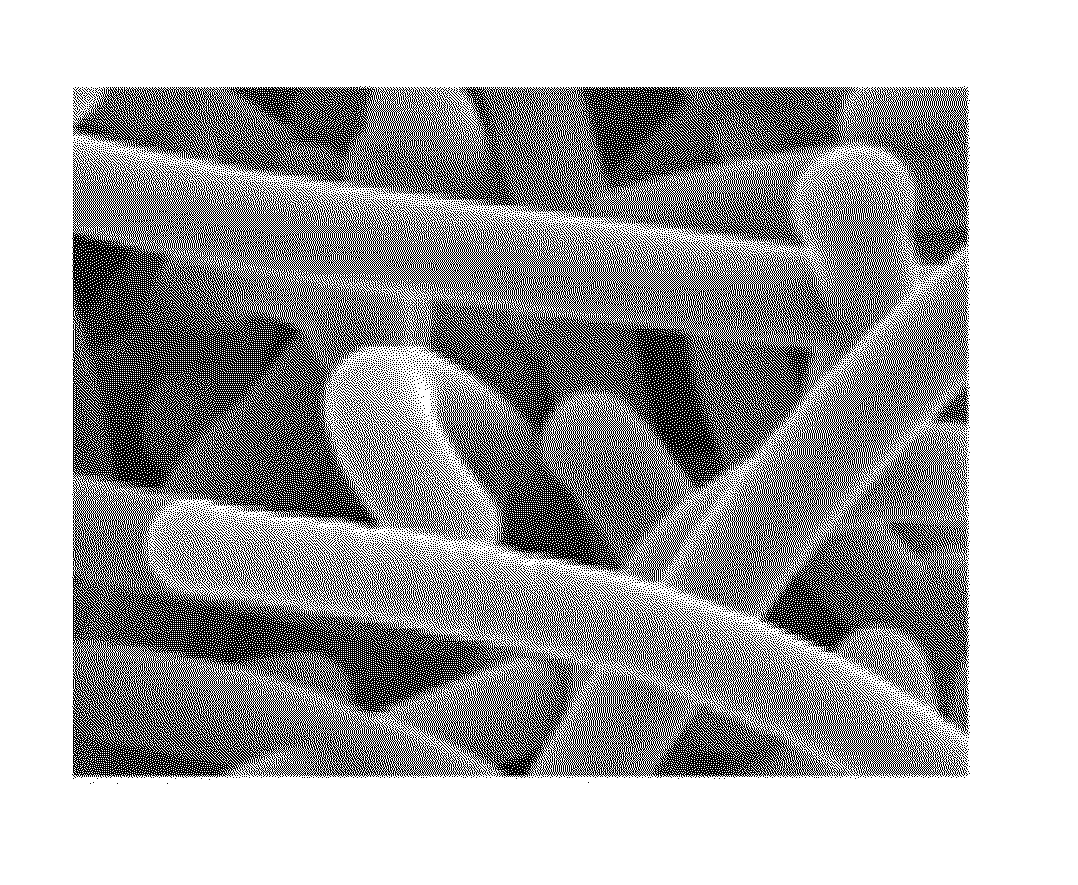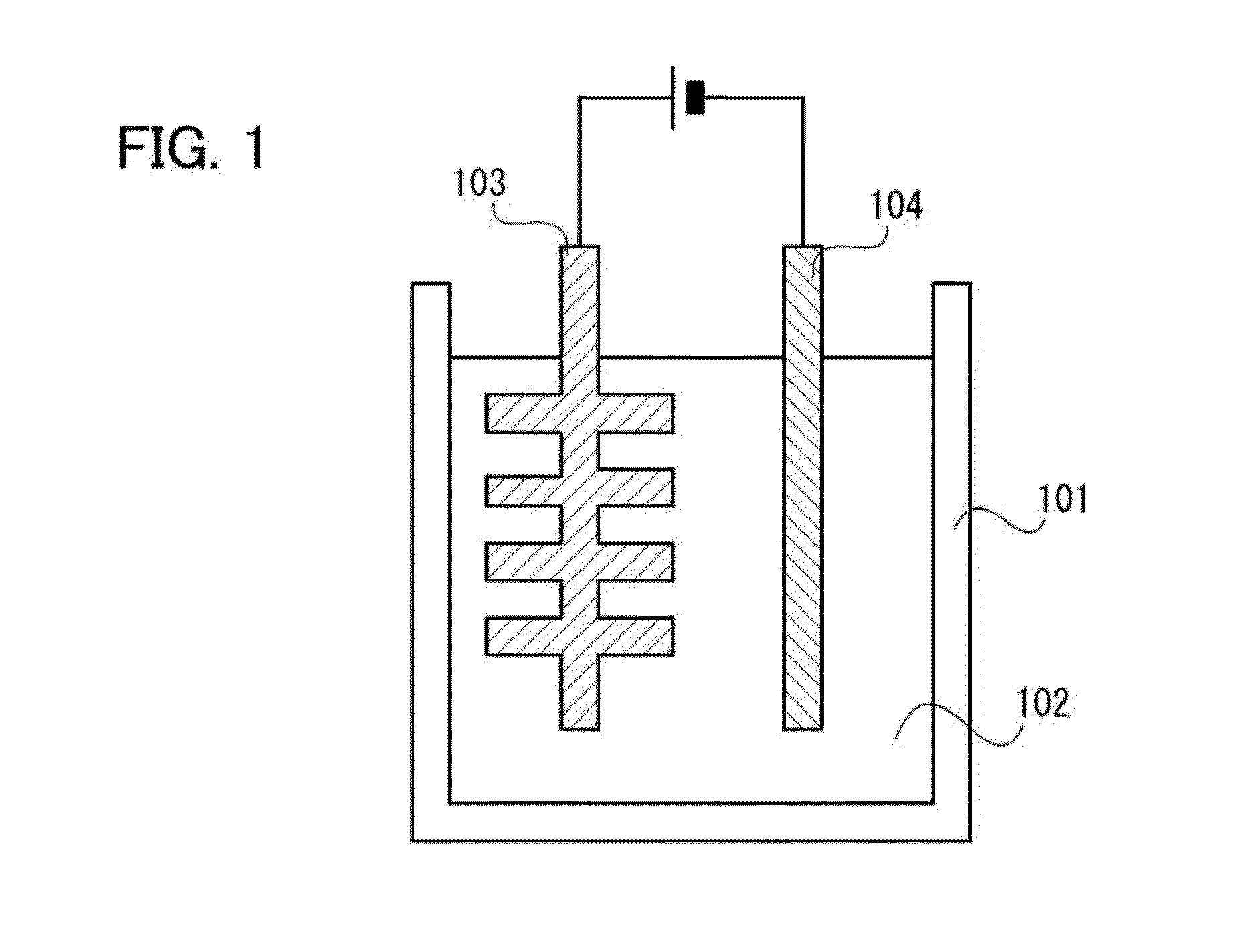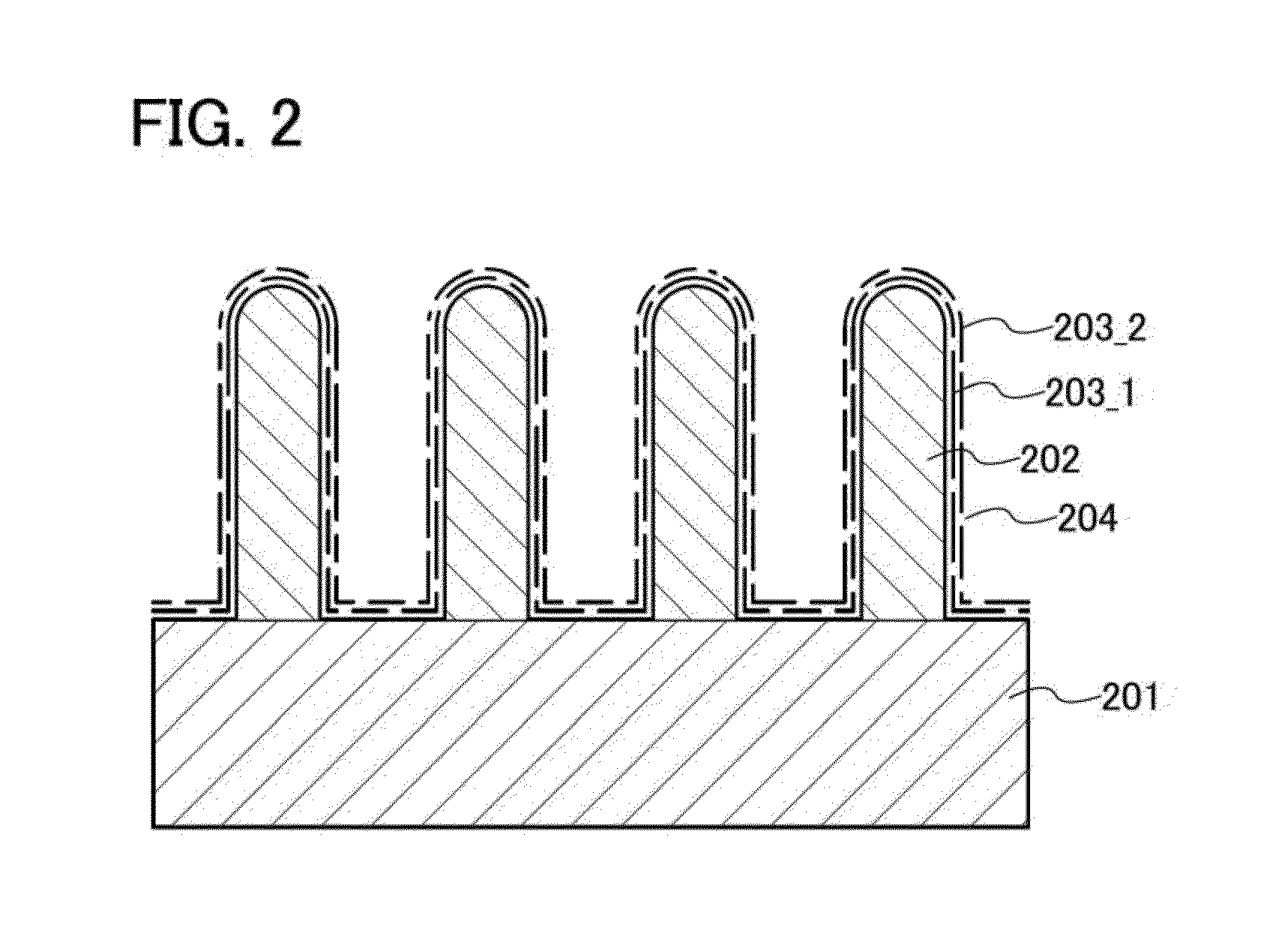Single-layer and multilayer graphene, method of manufacturing the same, object including the same, and electric device including the same
a single-layer, multi-layer technology, applied in the field of single-layer and multi-layer graphene, can solve the problems of difficult to form graphene on a complex curved surface or uneven object, and achieve the effects of high discharge capacity, high density, and large surface area of cathod
- Summary
- Abstract
- Description
- Claims
- Application Information
AI Technical Summary
Benefits of technology
Problems solved by technology
Method used
Image
Examples
embodiment 1
[0045]In this embodiment, a method of forming graphene on an object will be described. Graphene oxide is obtained in such a manner that graphite is oxidized to form graphite oxide and the graphite oxide is subjected to ultrasonic vibrations. Patent Document 3 may be referred to for the details. Alternatively, commercial graphene oxide may be used.
[0046]Graphene oxide is dispersed in a solvent such as water or N-methylpyrrolidone (NMP). The solvent is preferably a polar solvent. The graphene oxide may be contained at a concentration of 0.1 g to 10 g per liter.
[0047]FIG. 1 illustrates an apparatus used in this embodiment. A solution 102 in which graphene oxide is dispersed is put in a container 101, and an object 103 on which a graphene layer is to be formed is put therein and is used as an anode. In addition, a conductor 104 serving as a cathode is put in the solution, and appropriate voltage (e.g., 5 V to 20 V) is applied between the anode and the cathode. Note that the voltage is n...
embodiment 2
[0051]In this embodiment, an example in which 1 to 50 layers of graphene are formed on surfaces of silicon whiskers formed on one surface of a negative electrode current collector of a lithium-ion secondary battery will be described. In this embodiment, graphene is formed by an immersion method.
[0052]First, graphite is oxidized to form graphite oxide, and the graphite oxide is subjected to ultrasonic vibrations to obtain graphene oxide. The graphene oxide is dispersed in a solvent such as water or NMP.
[0053]A current collector with a silicon active material layer including silicon whiskers is immersed in the solution, taken out of the solution, and then dried. In addition, the current collector is heated at 150° C. or higher, preferably 200° C. or higher, in vacuum or a reducing atmosphere such as an inert gas (e.g., nitrogen or a rare gas) atmosphere. Through the above steps, 1 to 50 layers of graphene can be formed on a surface of the silicon active material layer.
[0054]The curren...
embodiment 3
[0068]In this embodiment, another example of forming a graphene layer including 1 to 50 layers of graphene on surfaces of whiskers formed over a current-collector will be described. In this embodiment, graphene is formed by an electrophoresis method. As in Embodiment 2, graphene oxide is dispersed in a solvent such as water or NMP. The graphene oxide may have a concentration of 0.1 g to 10 g per liter.
[0069]A current collector provided with whiskers is put in a solution in which graphene oxide is dispersed and is used as an anode. A conductor serving as a cathode is also put in the solution, and appropriate voltage (e.g., 5 V to 20 V) is applied between the anode and the cathode. Since part of an edge of a graphene sheet with a certain size in graphene oxide is terminated with a carboxyl group (—COOH), hydrogen ions detach from the carboxyl group in a solvent such as water and the graphene oxide itself is negatively charged. Thus, the graphene oxide is drawn to and deposited on an a...
PUM
| Property | Measurement | Unit |
|---|---|---|
| length | aaaaa | aaaaa |
| concentration | aaaaa | aaaaa |
| voltage | aaaaa | aaaaa |
Abstract
Description
Claims
Application Information
 Login to View More
Login to View More - R&D
- Intellectual Property
- Life Sciences
- Materials
- Tech Scout
- Unparalleled Data Quality
- Higher Quality Content
- 60% Fewer Hallucinations
Browse by: Latest US Patents, China's latest patents, Technical Efficacy Thesaurus, Application Domain, Technology Topic, Popular Technical Reports.
© 2025 PatSnap. All rights reserved.Legal|Privacy policy|Modern Slavery Act Transparency Statement|Sitemap|About US| Contact US: help@patsnap.com



